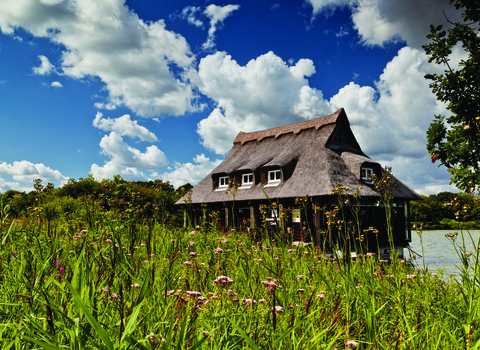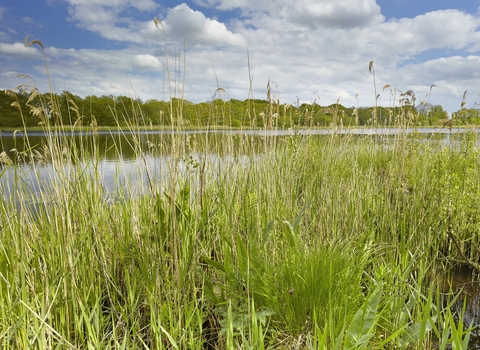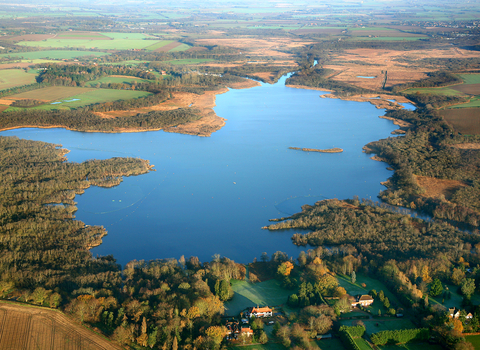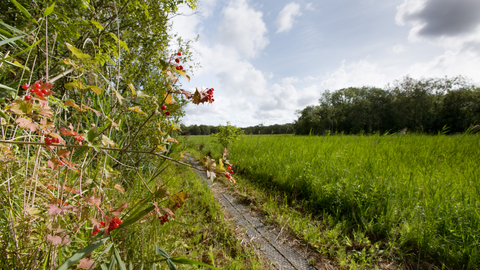
Upton Broad and Marshes (credit: Richard Osbourne)

Upton Broad and Marshes (credit: Richard Osbourne)
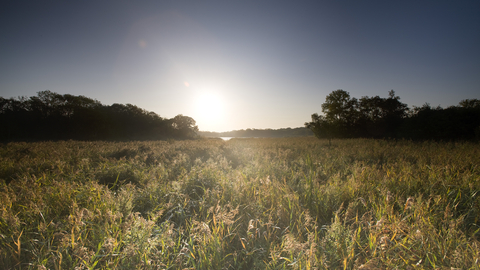
Upton Broad and Marshes (credit: Richard Osbourne)
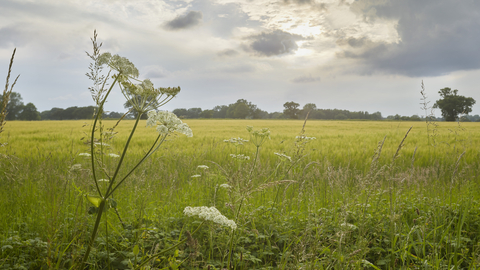
Upton Broad and Marshes (credit: Richard Osbourne)
Upton Broad and Marshes
Location
OS Map Reference
TG 379 136View on What3Words
Know before you go
Dogs
No dogs permitted on Upton Fen apart from assistance dogs. Dogs on a lead on all other paths.
When to visit
Opening times
Dawn till dusk, every day, all year roundBest time to visit
The reserve is a fantastic place to birdwatch at any time of year, however in spring and summer the array of fen and marshland flowers is astonishing. It is also a great time to see a diverse range of insects too.About the reserve
Upton Broad and Marshes is a tranquil haven in the heart of the Broads. Home to some of Norfolk’s rarest wildlife: from iconic swallowtail butterflies and Norfolk hawker dragonflies to otters and water voles, and an array of wetland plants.
Upton Fen’s ‘tucked-away’ location means the reserve is ideal for a quiet, undisturbed walk.
The site’s impressive mix of habitats – wet alder carr woodland, fen, reedbed and grazing marsh – supports a number of nationally rare plant species including fen orchid, marsh fern, marsh pea, cowbane and fen pondweed. In recent years, we have removed intrusive scrub, which has helped the exceptionally rare fen orchid increase in number from several dozen to more than a thousand plants.
A mixture of birdlife is found on the reserve from woodland species in the alder carr, to wading birds such as lapwing and redshank on the grazing marshes. The majestic marsh harrier is a common sight as it drifts across the reedbeds. In winter, you might see hen harrier and merlin, including increasing numbers of common crane. However, Upton’s number and variety of dragonflies and butterflies is perhaps its most impressive attraction.
The complex nature of the reserve’s hydrology (the flow of water above and below the surface) and the closely knit mixture of habitats makes the site a botanist's delight. In summer, the mowed paths are lined with orchids, grass-of-Parnassus (also known as bog-star) and devil’s bit scabious.
The open water of Upton Great Broad isn’t as species-rich as the fen areas but does contain some nationally scarce plants including the holly-leaved naiad, which in the UK is found only in the Norfolk Broads.
Upton Fen is home to a strong population of the declining harvest mouse; their tightly woven, tennis ball-sized nests can often be found in the tall fenland vegetation around the reserve.
Species
Contact us


